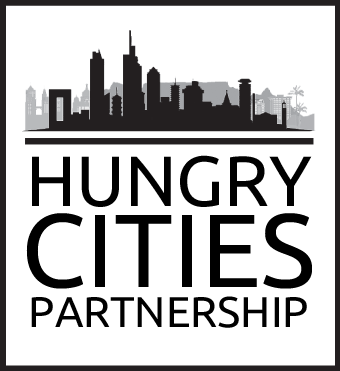Document Type
Hungry Cities Report
Publication Date
2017
Department
Balsillie School of International Affairs
Abstract
This report provides an overview of Greater Mexico City and its food system. The city’s history, demographic characteristics, geography and economy are first discussed. The city’s urban food system and urban food security are then examined with a particular focus on formal and informal food retail, food expenditure patterns, and policies to combat hunger and food insecurity. Meeting the daily food demands of Mexico City’s over 20 million inhabitants requires the agricultural production of Mexico’s rural areas, its fishing industry and food imports. Food products arrive in the city from around the country in a combination of traditional and highly sophisticated modern systems of food supply and distribution. Structural changes in recent decades have led to modifications in the systems of supply, distribution and food consumption with vertically integrated companies now controlling aspects of the food chain. The system of supply and marketing of food products is also characterized by competition between public markets, large wholesale and retail companies, and neighbourhood convenience stores. While levels of household food insecurity (undernutrition) are lower than in other global cities of the South, Mexico City faces an epidemic of overnutrition, obesity and non-communicable diseases.
Recommended Citation
Capron, G., Gonzalez Arellano, S., Wigle, J., Diez, A., Monterrubio, A., Hidalgo, H., Morales, J., Castro, J., Sánchez-Mejorada, C., Huarte T., M.C., Esquivel, M.T., & Flores R. (2017). The Urban Food System of Mexico City, Mexico (rep., pp. i-50). Waterloo, ON: Hungry Cities Partnership. Hungry Cities Report, No. 7.
Included in
Food Studies Commons, Human Geography Commons, Politics and Social Change Commons, Urban Studies and Planning Commons


